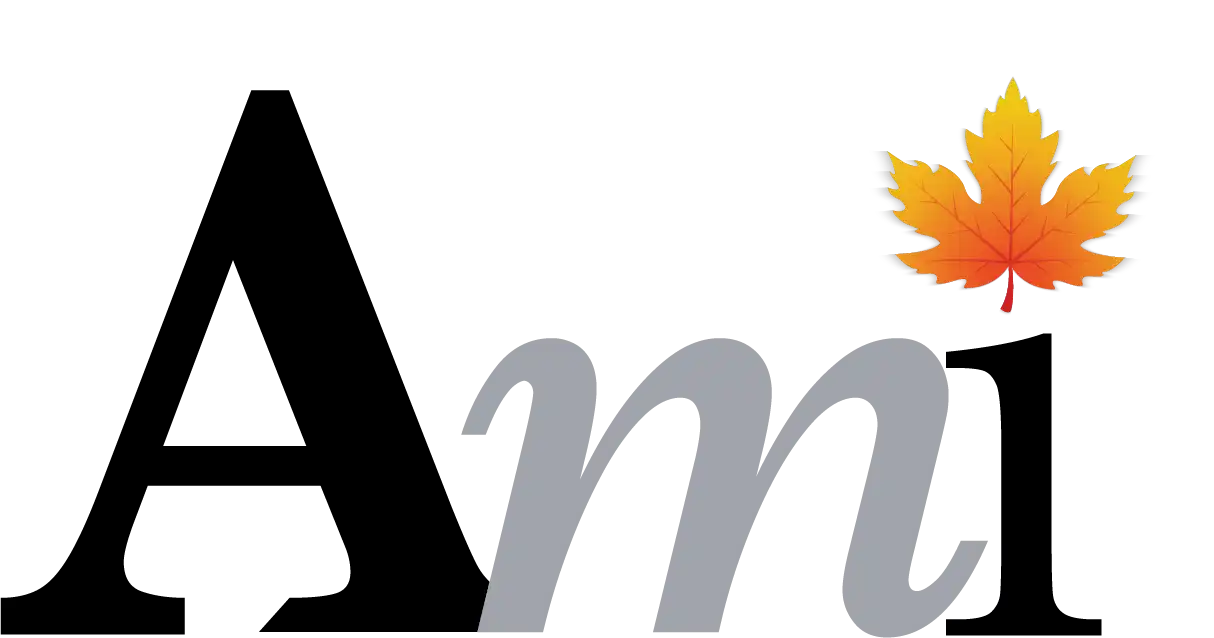The general public thinks that because you are a healthcare professional, you MUST be rich. Many of your staff think the same thing as well because they often only see the payments for service coming in but have no idea about the debts, practice purchase or start-up loans, student loans, mortgages, salaries, rent, supplies, equipment leases, marketing costs, and so on that you have to pay every month just for the practice to be there and function.
It is my experience, however, from analyzing over 6,000 practices one-on-one that more than 70% are in what they consider “uncomfortable” amounts of debt. Only about 2% are debt free in the fullest sense of the word.
What can be done about this?
Good vs. Bad Debt
The first thing to clarify is the difference between the two. Good debt is the loan you took out to start or buy a practice. This will almost always result in a good return over the years of practising and is usually a necessary debt. Your equipment leases for big items are inevitable also for most practitioners. If you bought or built your own building and have a mortgage on it, that is good debt because it too will have a return on investment making it worthwhile.
So what is bad debt? These are debts run up on credit cards, lines of credit, overdraft or leases for things that could have been saved up for BEFORE spending the money. You are now paying interest on them as well as the amount actually paid for the purchase.
Seeing into the Future
To avoid bad debt, there are several actions you can take:
- Carefully consider any purchase before you make it if you have to use your LOC or overdraft or credit card for the purchase. Also be cautious if it will result in yet another lease (these can add up and can be a sneaky “bad debt”).
- Just say “no” to anything that is not absolutely needed at this moment in order to deliver your quality service. There will always be “the latest” piece of equipment that will be “amazing” and yet will be superseded by something better in one to two years. You will, though, have to upgrade from time to time.
- Make an overall long term plan of growth for the practice and additional equipment that will be needed and approximately how long it will be until it is needed. Get the approximate cost for each item and then start putting away each week or month the amount that will add up to being able to purchase the item when actually needed.
- Sometimes you can avoid going into debt for a new bigger piece of equipment by reconditioning what you have, or buying one that is used through suppliers or Kijiji and so on. If it is renovations you feel are needed, you might consider a temporary “fix” until you have saved up for the “big job” which might be as much as several hundred thousand dollars.
Debt Free Status
The main point here is that if you want to achieve “Debt Free Status” sooner than later, you need to conscientiously budget your purchases and plan them out logically into the future. Impulse buying is how many people get into “uncomfortable debt” situations.
Control your spending and enjoy life more!



